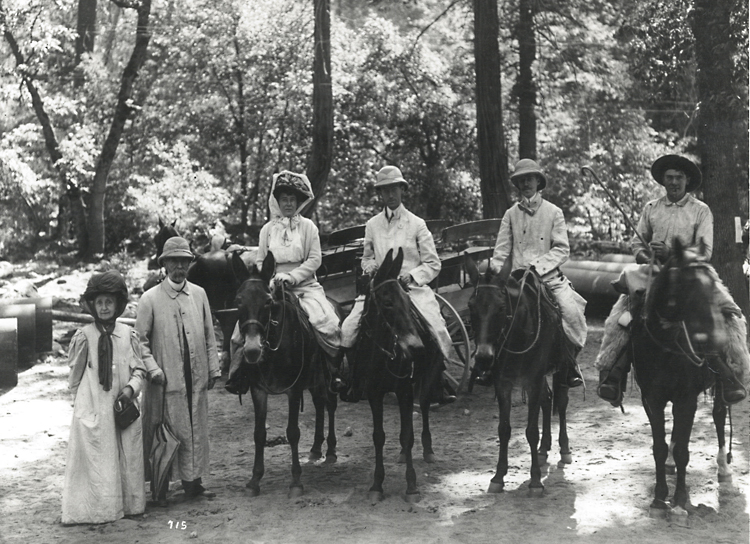See the introduction to this series here.
Duncan Phillips and Jim, his older brother by two years, were quite close. Jim even waited two years to attend Yale University so that he and Duncan could go at the same time. In 1918, after traveling and collecting art together, Jim died in the Spanish flu epidemic at the age of 34. Duncan’s father, Duncan Clinch Phillips, had died the previous year.
After the death of his father and brother, Duncan and his mother decided to turn their house into The Phillips Memorial Art Gallery in 1921. In an essay titled “Art and Intimacy,” Robert Hughes writes that “Though born in grief, the collection would eschew the monumental: it would go in the family house and, symbolically, restore the life that house had lost.”
The sense of family is reflected in The Phillips Collection, which doesn’t resemble most museums or white-cube galleries, but a home. Hughes quotes Duncan as saying “we plan to try the effect of domestic architecture, of rooms small or at least livable, and of such an intimate, attractive atmosphere as we associate with a beautiful home.” It’s particularly striking to look at old photos of the galleries and see plush furniture, ashtrays, and a coffee table. However, this unusual approach is seamless and makes the viewer feel at home, admiring the old fireplaces, and picturing the galleries as former dining and living rooms. The atmosphere Duncan invented encouraged visitors to linger.
Maya Simkin, Library Intern



